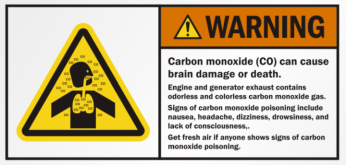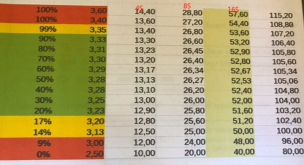Now is when the fun really begins.
Please take note: My Trash & Bash testing has shown up a few things, long story too much info. Long Story short:
- you will want to fully balance these puppies BEFORE putting a pack together.
- Some say TOP is good enough. NOPE ! It AIN'T ! These are ESS cells, not EV cells and not matched or batched. Too long to get into, skipping it.
- Level them up at the storage voltage (3.0-3.2) as you are doing with them in parallel.
- When leveled up and equal, come the PITA part... drain them down to 2.65V each. Charge "each cell" at .5C if possible or as high as you can manage and TOP the cell. Set cutoff amp to 10% of the charge rate, so if charging at 75A then cutoff at 7.5A. There is another formula of 1% of the cell actual AH but it's a foolie sort of as that applies to matched cells and other things.
-once each cell was topped then re-assemble in parallel and let then settle out between each other.
- Then apply your final topping at 3.60V High Amp till it drops to 10% of charge amps started with.

remember the cells expand & contract when charging discharging, up to 2mm on the cell. Block & Bind them when doing so. You've been warned.
This is partially in contradiction to what has been posted by some. The reality is, I tried various combos (methods) with different cells. The Thrashing has shown what the real deal is. Without doing the above, you voltage curve/window will be reduced as the "runner cells" this with IR that is out of whack at Hi/Lo will zot your capacity. Well unless you never plan to go below 3.2V or above 3.4, the moment you do, divergence will increase and the runners will run either to 3.65V or drop like a rock to 2.50 and lower. This is observed in almost 3 weeks of hard thrash tests Real Time Real World.
These commodity cells are Grade-A for ESS Grading, they are B or C if considered for EV grading level ! The tolerances are not as tight as they would be for EVV use nor for fully matched, batched & binned cells even of the ESS grade. No one get's a Rolls Royce for the price of a 1980 Honda CVCC. in 2020.




